Environment
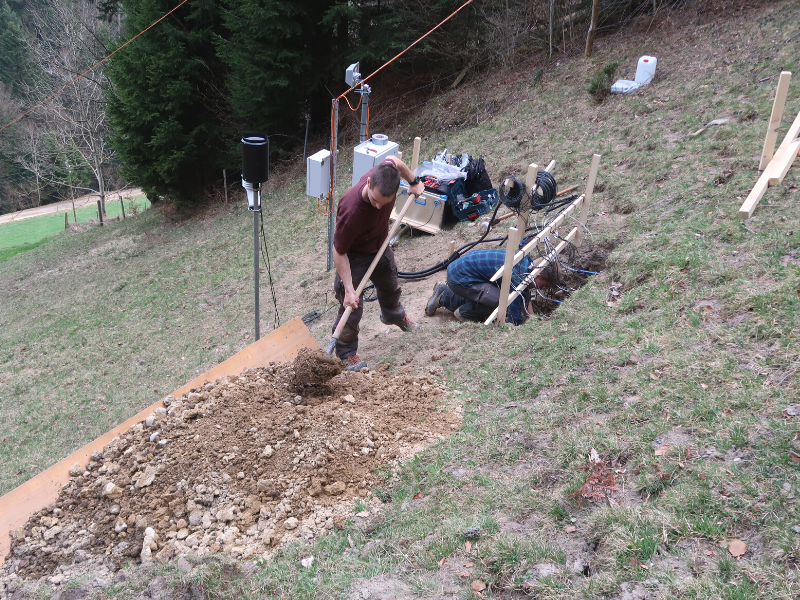
In the United States alone, a few dozen landslide deaths are recorded every year. They often happen when gravity pulls rocks and soil down an unstable slope. The trigger may be caused by natural events like rain or snowmelt. The extra water suddenly weakens the slope, and it gives way.

For more than four decades, biosolids have been applied to land and studied by researchers for many useful purposes. Biosolids are a product of the wastewater treatment process. Yes, that means sewage. However, the sewage is treated carefully to ensure it has beneficial properties and is not harmful.
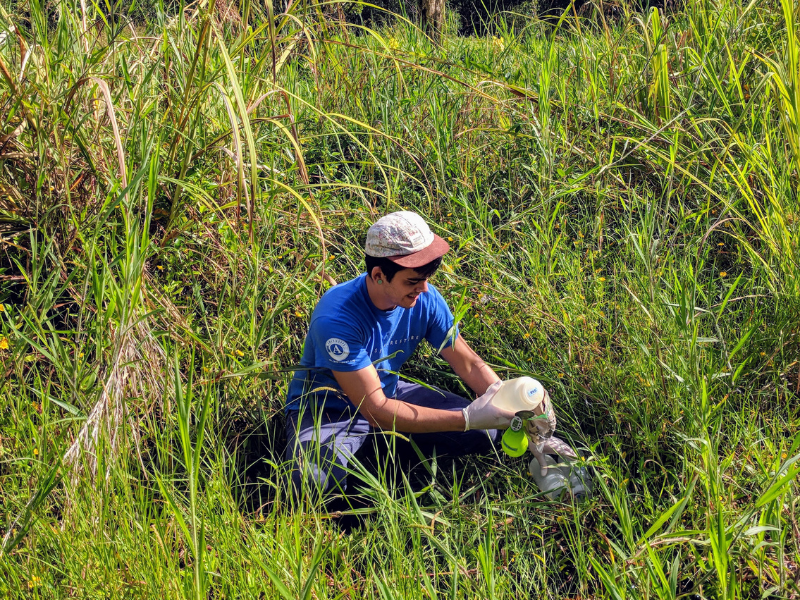
During heavy rains, Hawaii’s streams, rivers, and nearshore waters change on microscopic levels. Bacteria in these aquatic systems increase, and some of these bacteria can be harmful to human health. They can cause problems like gastroenteritis – also known as the stomach flu – as well as skin and respiratory diseases.
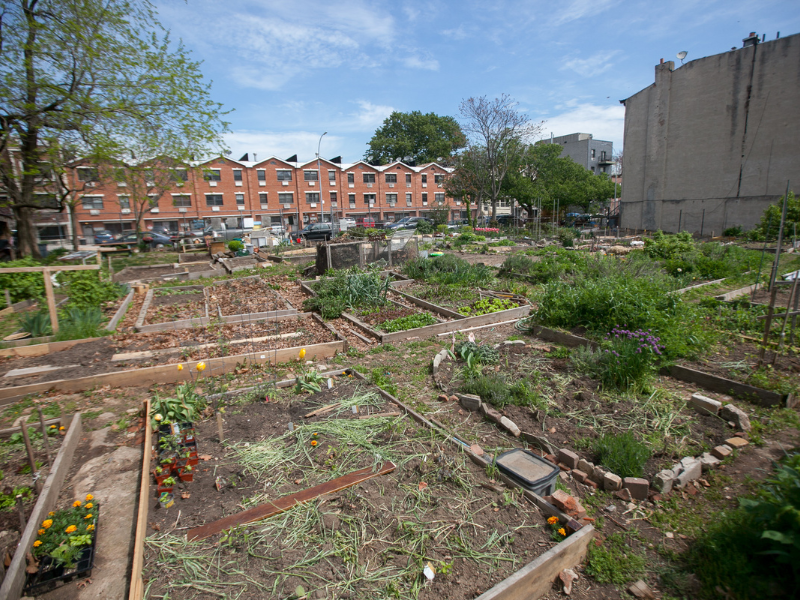
Urban gardens offer many benefits for individual health, communities, and ecosystems. They promote sustainable agriculture, reduce food transportation costs, and reduce water runoff. However, urban gardeners also face several challenges, one of which is dealing with contaminants like lead.
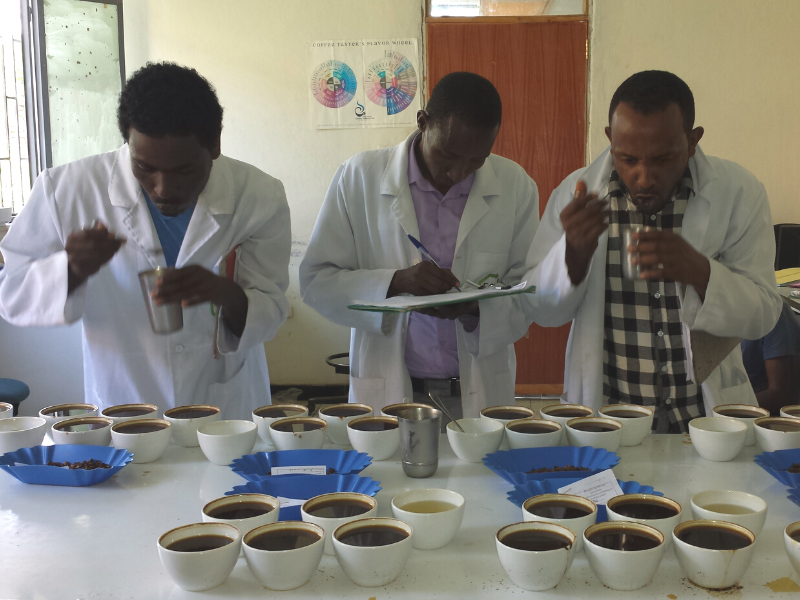
Most Americans wake up to coffee every morning. In fact, the National Coffee Association says that 70% of Americans drink coffee every week (62% drink it every day!)
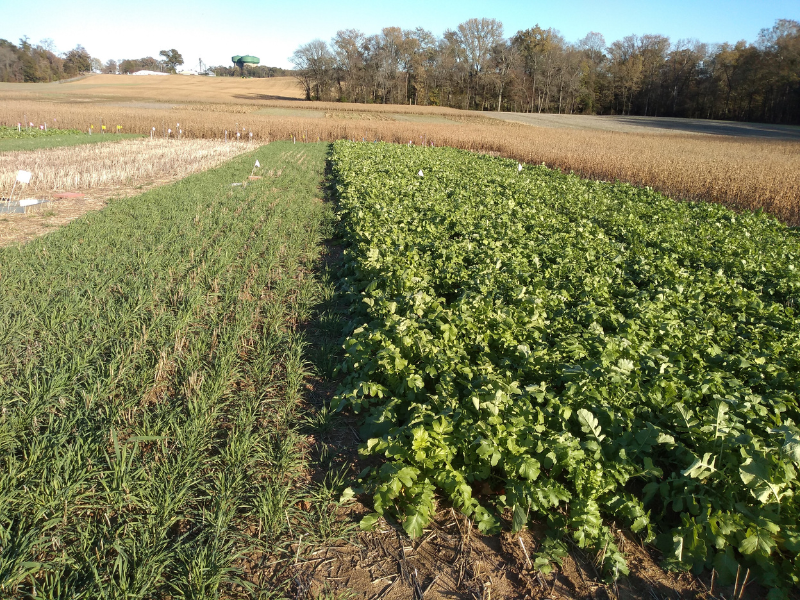
The Chesapeake Bay once produced tens of millions of bushels of oysters a year. Today, the oyster harvest is below one percent of these historic highs.

Many urban gardeners know that adding ingredients like compost and mulch to their soil has great benefits. But it can be difficult to know what to add and why. Researchers at Purdue University gathered scientific evidence about one specific soil addition, leaf mold compost, and how it benefits tomato plants.
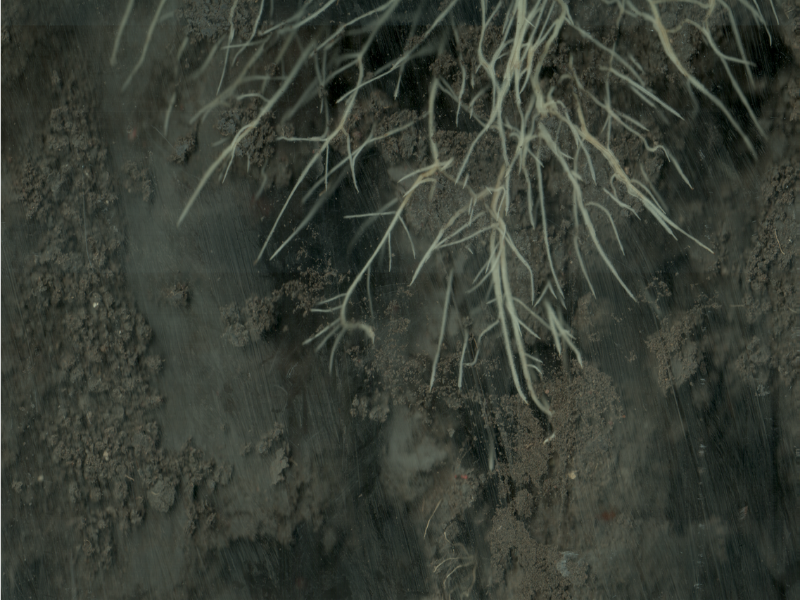
Underneath the surface, plant roots are hard at work. Roots, of course, are how plants get water and minerals from the soil. But digging into how different root systems affect crop yields has been challenging for researchers.
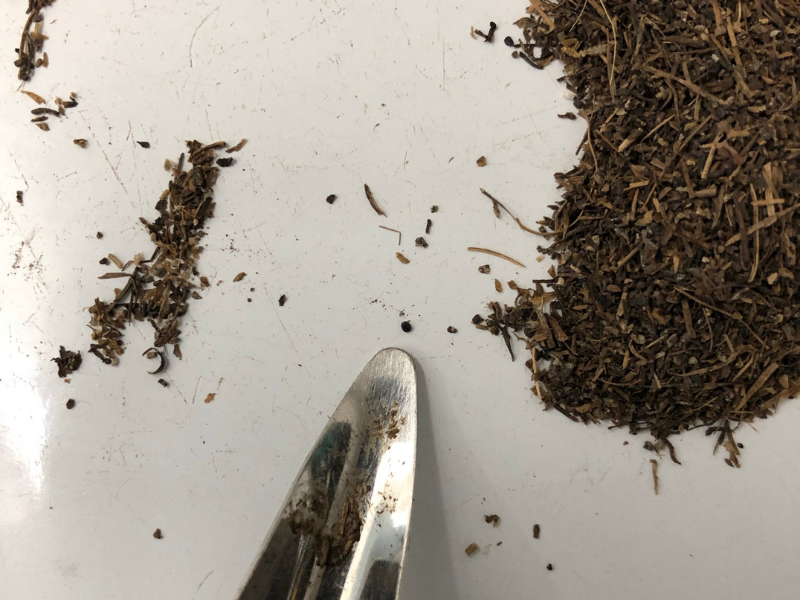
Not that long ago, weeds spread at a much slower rate. Seeds would spread to nearby soil and move perhaps a few feet each year or would be transplanted by birds who flew with them several miles away. In today’s interconnected world, though, weeds can hitch a ride on a truck, boat, or even an airplane. What once might’ve taken generations to spread weeds from one region to another now takes no time at all.
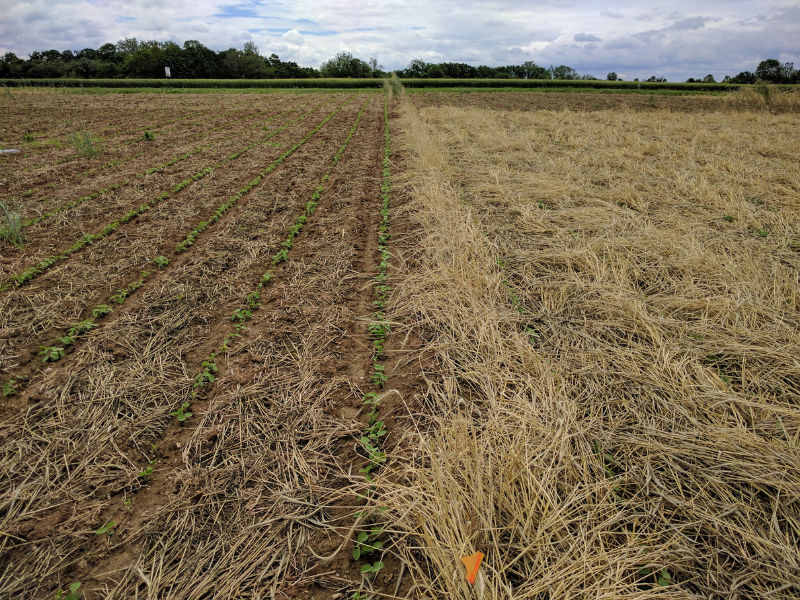
Planting cover crops is a beneficial agricultural practice. One of their many benefits is to cover soil for times when farmers cannot plant cash crops like corn and soy – over the winter, for example. But it is not as simple as just growing cover crops in between growing seasons. Farmers have multiple decisions to make about optimizing cover crop production.
